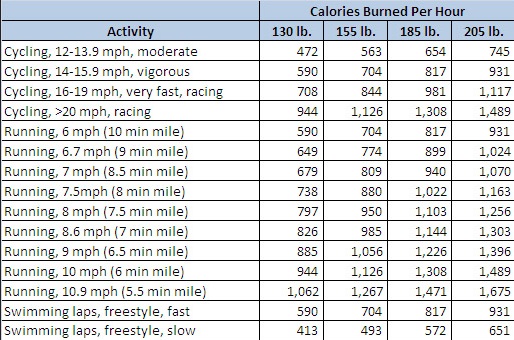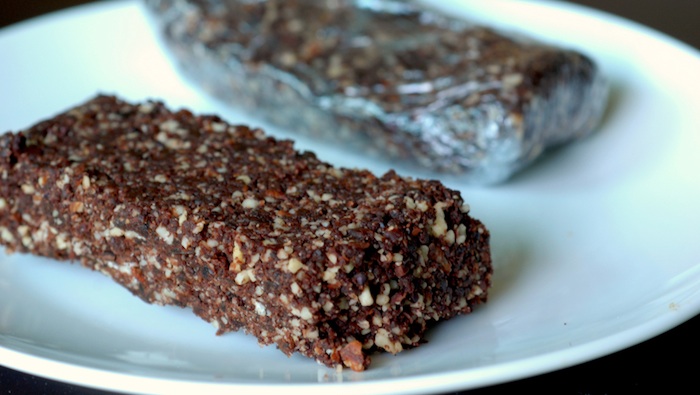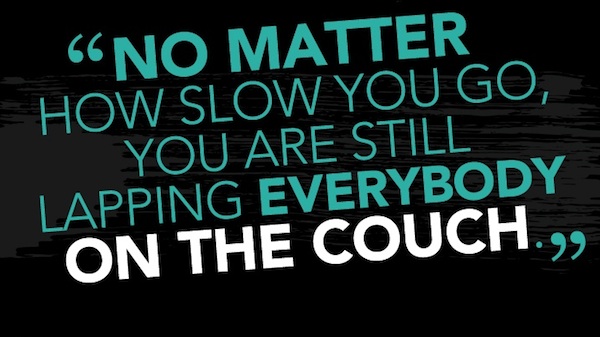The latest craze in sports drinks isn’t made in a big sports lab somewhere, it’s a natural red beet. Studies have indicated that beets have improved athletic performance enough for some to refer to it as a legal drug. Also known as beetroot juice, beet, and beetroot, it might be something worth checking out.
The Reputation
Beets have been around for a long time but are not the most exciting food. It could be that you associate them with something you were forced to eat as a child but beets are incredibly good for you. Performance enhancing qualities are only one of the beet benefits. The cardiac-friendly beet also offers protection against coronary disease and stroke, helps keep cholesterol under control, and is thought to have anti-aging effects.
The Link
The real reason beets are in the news today is because of better athletic performance. One study found that drinking beet juice increased blood flow to muscles by 38 percent, particularly to bigger muscles responsible for quick bursts of speed or strength. Another study found that runners who ate beets before a 5K race ran faster. It’s at least partially responsible because beets contain nitrates, which boost endurance and lower blood pressure.
The Nitrate Connection
It’s been studied and well documented that a diet rich in vegetables that contain nitrates can improve cardiovascular health. While most vegetables do contain nitrates, they are more abundant in beets, leafy greens, spinach, celery, endives, fennel, arugula, leeks and parsley. However, beet supplements may just be the most concentrated form of nitrate in nature.
Study Report
Studies done by the University of Exerter’s School of Sport and Health Sciences have confirmed the effects of nitrates on athletic performance. The research team used men aged between 19 and 38 in a series of athletic endurance tests that included cycling. The test was conducted using beet juice, with currant juice as the control or placebo.
Oxygen Uptake
The beet juice group was able to cycle an average of 16 percent longer. The cyclists also had lower resting blood pressure after consuming the beet juice compared to currant juice. The author, Professor Andy Jones, noted that: “Our study is the first to show that nitrate-rich food can increase endurance. We were amazed by the effect of beet juice on oxygen uptake because these effects cannot be achieved by any other known means, including training.”
How it Works
Once eaten, nitrates are converted to nitrites that are in turn converted to nitric oxide. Nitric oxide is a potent vasodilator. The higher nitric oxide production may explain the benefits. According to Jones, nitric oxide has two major effects on an athlete. “The first is that it causes blood vessels to dilate, so you can provide more blood through them,” Jones says. “Simultaneously, it seems to make the mitochondria more efficient, so they are able to create the same energy while consuming less oxygen. So you really have two things happening. Lower oxygen cost because the mitochondria are more efficient and then you have a higher oxygen supply. In terms of performance, that’s a pretty good combination.”
Old-School of Thought
Some may recall that in years past, nitrates and nitrites were thought to be unsafe, and consumers have long been cautioned to avoid excess consumption of hot dogs, bacon etc. It’s true that synthetic nitrates can be bad for you when cooking them to a brown crisp. The fear is that inside the body, nitrates and nitrites combine with meat proteins to form compounds known as nitrosamines, which can be carcinogenic.
Beets Versus Bacon
The truth is, plants create natural nitrates by breaking down nitrogen. Beets have one of the highest nitrate concentrations of all vegetables, and are proven to be beneficial to health. Bacon and other cured meats, with it’s nitrates-to-nitrosamine conversion, is recommended for limited consumption by most health organizations.
Insulin Link
Natural nitrates help keep blood pressure under control and are believed to help lower blood glucose levels. One reason is because low levels of nitric oxide are associated with insulin resistance.
Nitrate Content
Beetroot tends to be dosed on the nirate content, but juicing 3 to 5 beets every morning is time consuming and messy, expensive and impractical. Alternatives in the form of powder and concentrated juices are now widely available, but with mixed results as far as performance enhancing. The study done by the University of Exeter used concentrated beet juice. Research has yet to recreate the performance benefits using beet powder. However beetroot extract supplements in pill form are reported by the manufacturers to provide all the benefits of the vegetable in an easy-to-use form. The 500mg pills are taken three times each day.
At Home
There’s no reason why you can’t eat beats to gain benefits, but cooking will significantly reduce the available nitrates in beets. The exception to this is light steaming, which may actually make the nutrients more available to the body. While consuming cooked beets and pills are one way to ingest beets, drinking beet juice remains the preferred method for enhancing athletic performance.
Beets with Benefits
Ancient Romans consumed beets before a big battle, and as a natural Viagra thousands of years ago and there is historical evidence to back this up. A natural aphrodisiac, beets are used for erectile dysfunction. Nitric oxide is a gas, which widens blood vessels, and aids blood flow to every extremity, including the penis. Beets contain a lot of boron, and in coordination with nitric oxide, can do wonders for your sex life. Boron is a natural mineral that stimulates the production of sexual hormones. It helps the body metabolize and use estrogen in women and increases testosterone levels in men. What more could you ask for.
In Moderation
As with any supplement, use beets in moderation and if you’re unsure about your health going into a supplement program, always consult with a doctor or health professional. The truth is, nothing can replace a healthy riding schedule, eating and sleeping right and there’s no supplement, legal or not, that’s right for everyone.


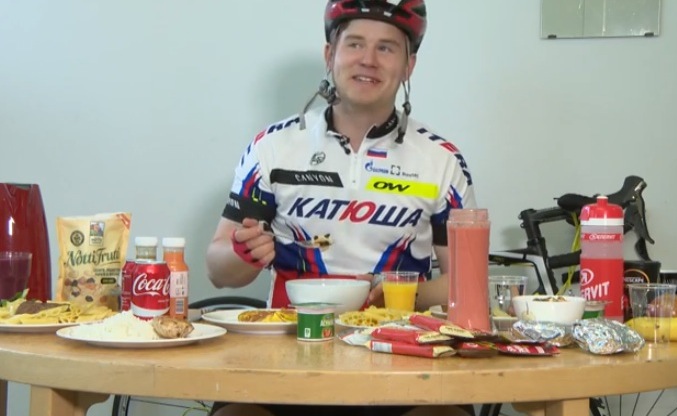
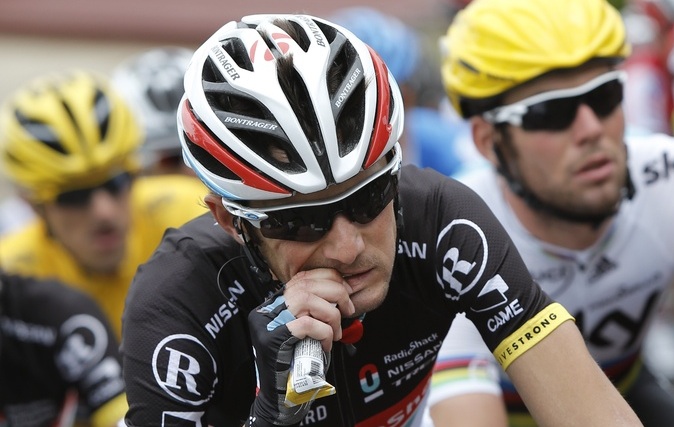
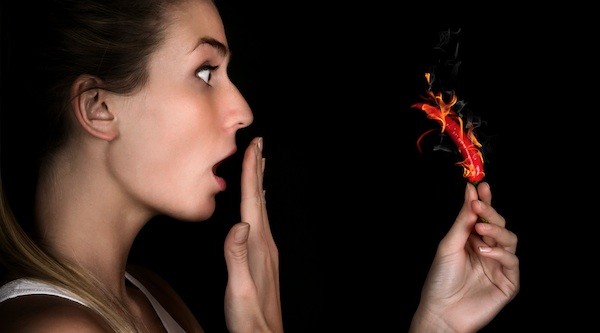
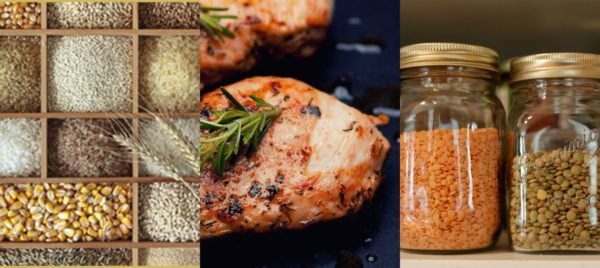
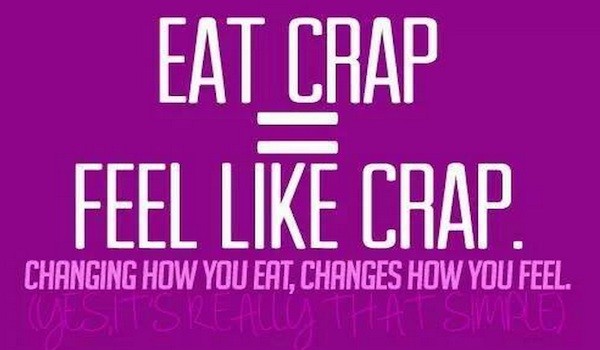 A cyclists diet is constantly changing based upon the rides that day, the upcoming rides and races, as well as the time of the year. Despite these changes, one thing that remains centered is that there is always a reason for what we are eating whether it’s for fuel or pleasure. We are human so keeping a regimented diet of only the things that are healthy for us is unrealistic. We have those periods of time where we eat whatever we want but that is balanced with periods of eating precisely for athletic performance. You don’t have to have your diet dialed 100% of the time but knowing what that diet is for you will give you a goal that you can shoot for.
A cyclists diet is constantly changing based upon the rides that day, the upcoming rides and races, as well as the time of the year. Despite these changes, one thing that remains centered is that there is always a reason for what we are eating whether it’s for fuel or pleasure. We are human so keeping a regimented diet of only the things that are healthy for us is unrealistic. We have those periods of time where we eat whatever we want but that is balanced with periods of eating precisely for athletic performance. You don’t have to have your diet dialed 100% of the time but knowing what that diet is for you will give you a goal that you can shoot for.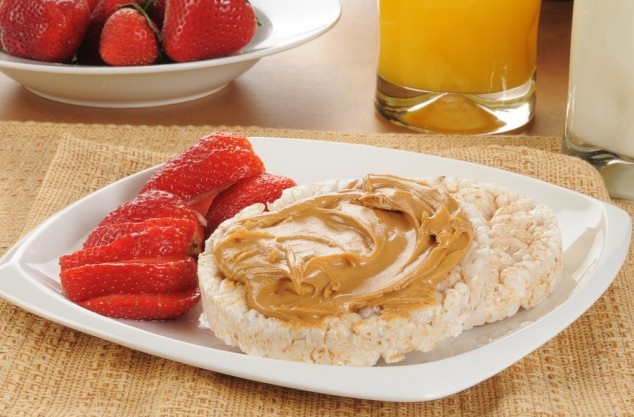
 For many people, the main reason that they start any form of exercise is because they wish to lose a little bit of weight. Whether you want to shed pounds from your frame or just get rid of those pesky love handles, burning fat is often the main aim.
For many people, the main reason that they start any form of exercise is because they wish to lose a little bit of weight. Whether you want to shed pounds from your frame or just get rid of those pesky love handles, burning fat is often the main aim.